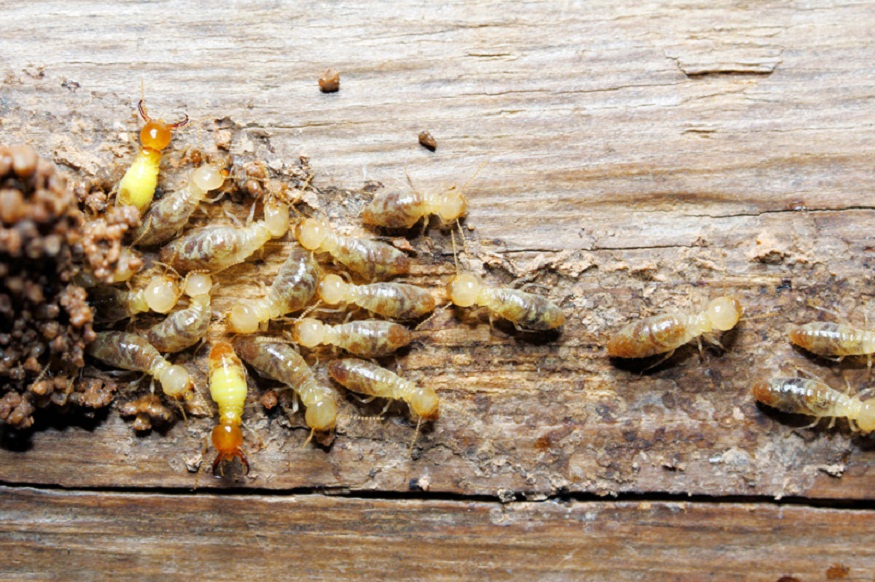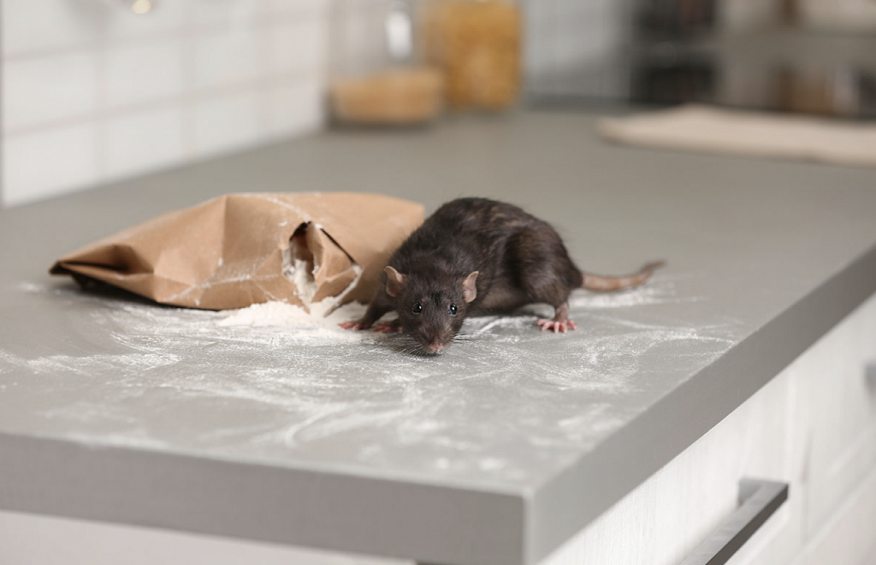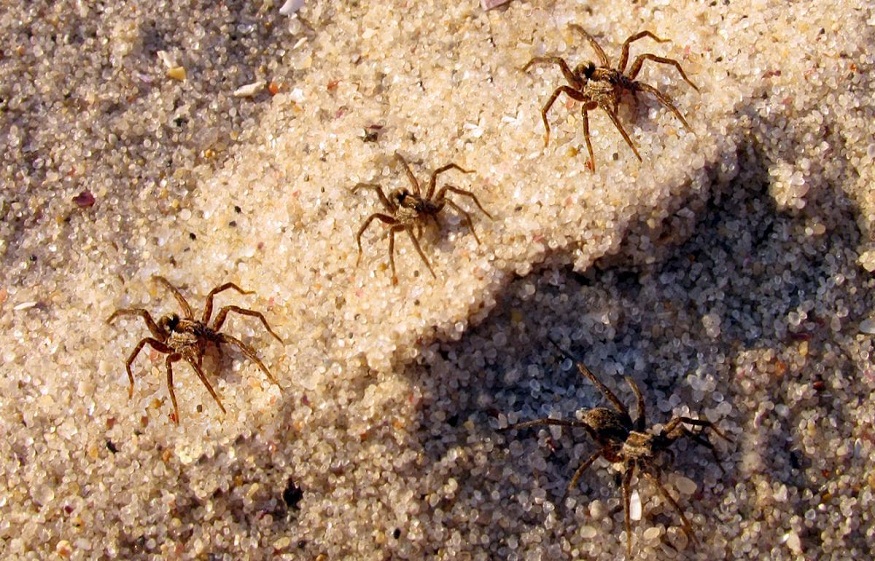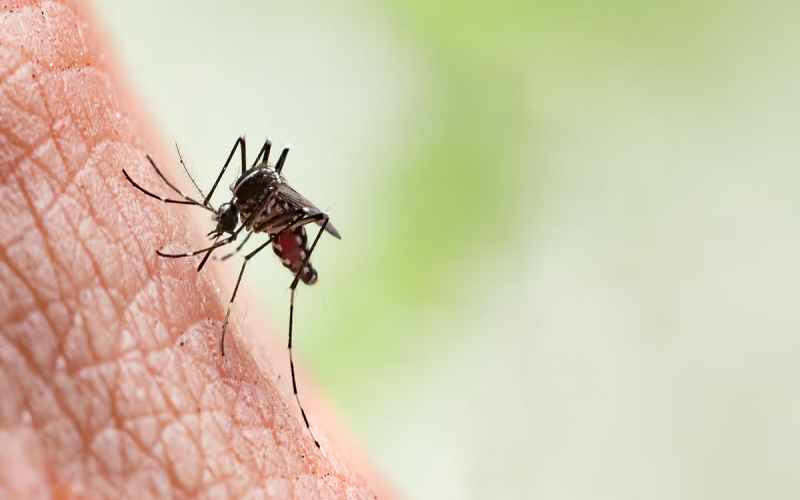Termite baiting systems are a popular method for controlling termite infestations. These systems use bait stations to lure termites in and eliminate the colony. By understanding how termite baiting systems work and their effectiveness, homeowners and pest control professionals can use them successfully. For expert advice and assistance, consider consulting with Green Mango Pest Control.
In this article, we’ll explore the ins and outs of termite baiting systems, including their benefits and limitations, to help you make informed decisions about termite control and protect your home from these destructive pests.
How Termite Baiting Systems Work
Termite baiting systems typically consist of bait stations placed in the soil around the perimeter of a building or in areas where termite activity has been detected. These stations contain a bait matrix, usually made of cellulose or other materials, that is attractive to termites.
Here’s how the process works:
- Termites discover the bait: Termites are drawn to the bait stations and begin feeding on the bait matrix.
- Termites return to the colony: As termites feed on the bait, they carry some of it back to their colony, sharing it with other termites.
- Bait is consumed: The termites consume the bait, which contains a slow-acting toxicant.
- Colony is eliminated: The toxicant eventually kills the termites, including the queen, ultimately eliminating the colony.
Types of Termite Baiting Systems
There are several types of termite baiting systems available, including:
- Above-ground baiting systems: These systems involve placing bait stations above ground, typically in areas where termite activity is visible.
- In-ground baiting systems: These systems involve placing bait stations in the soil around the perimeter of a building.
- Bait stations with monitoring devices: Some baiting systems include monitoring devices that alert homeowners or pest control professionals to termite activity.
Effectiveness of Termite Baiting Systems
Termite baiting systems can be an effective method for controlling termite infestations. Studies have shown that these systems can eliminate termite colonies and prevent future infestations.
The effectiveness of termite baiting systems depends on several factors, including:
- Proper installation: Bait stations must be installed correctly to ensure that termites can find and feed on the bait.
- Regular monitoring: Regular monitoring is necessary to detect termite activity and ensure that the bait is being consumed.
- Type of bait: The type of bait used can affect the effectiveness of the system. Some baits may be more attractive to termites than others.
Advantages of Termite Baiting Systems
Termite baiting systems have several advantages, including:
- Targeted control: Baiting systems target the termite colony directly, reducing the risk of harming non-target organisms.
- Minimal chemical use: Baiting systems typically use small amounts of toxicant, reducing the risk of environmental contamination.
- Long-term protection: Baiting systems can provide long-term protection against termite infestations.
Conclusion
Termite baiting systems are a valuable tool for controlling termite infestations. By understanding how these systems work and their effectiveness, homeowners and pest control professionals can use them successfully. While there are challenges and limitations to consider, the advantages of baiting systems make them a popular choice for termite control.
FAQs
1. How long does it take for termite baiting systems to work?
The time it takes for termite baiting systems to work can vary depending on several factors, including the type of bait and the level of termite activity.
2. Are termite baiting systems safe for pets and children?
Termite baiting systems are designed to be safe for pets and children. However, it’s essential to follow the manufacturer’s instructions and take precautions to avoid exposure.
-
Can termite baiting systems be used in conjunction with other termite control methods?
Yes, termite baiting systems can be used in conjunction with other termite control methods, such as soil treatments or barrier treatments.





